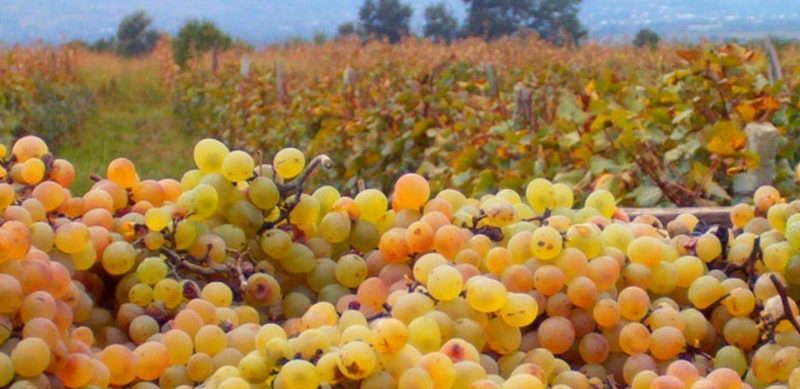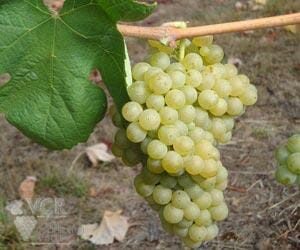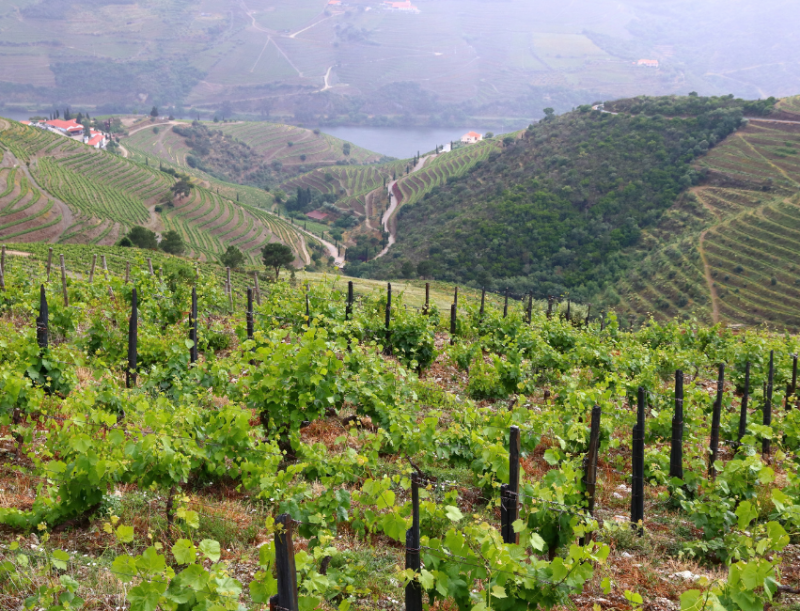
A favorite among the indigenous grape varieties
What are indigenous grape varieties ?
Where are they located ?
For the 25th anniversary of the Competition, the organizers have decided to highlight indigenous white grape varieties.
“The favorite indigenous white grape variety” will therefore be awarded next April to the wine estate which has presented a wine from an indigenous variety and which has won unanimous approval from the international judges panel.
Some will speak of a return to basics, to deep roots after these two exceptional years, in any case indigenous wines exist all over the world and are a symbol of resistance and also of rarity. An indigenous grape variety combined with the work of the winemaker on a very specific terroir and climate is an interesting equation. Some winegrowers and groups of independent winegrowers are mobilizing for these sometimes forgotten grape varieties, for them and rightly so, they are part of the wine heritage in the same way as ancestral know-how. And if the winelover and the consumer in the broad sense are always looking for original and authentic tastings, it is quite a bargain !
It is precisely the story of these wines that we want to hear about, to share and celebrate during the coming 2023 edition of our Contest.
Zoom out on the planet and observe the distribution of grape varieties. Of the 10,000 known vine varieties in the world, 13 cover more than a third of the world’s vineyard area and 33 varieties cover 50%.
Some varieties of vines are planted in many countries and are thus called “international varieties”. The most obvious example is Cabernet Sauvignon which is now one of the most cultivated varieties in the world (5% of the world area). On the contrary, there are varieties that are very cultivated but which are mainly cultivated in a few countries, such as Kyoho, which is mainly cultivated in China.

The genus Vitis (80 species listed) is made up of two subgenera : Muscadinia and Euvitis. The subgenus Muscadinia comprises three species, including the species M. rotundifolia, cultivated in southeastern North America, which exhibits a remarkable set of resistances to the main fungal diseases to which most varieties of Vitis vinifera are sensitive.
Most of the cultivated vines belong to the subgenus Euvitis.
They are grouped into three groups:
- The American group is made up of more than twenty species, including V. berlandieri, V. riparia and V. rupestris, which participated in the creation of rootstocks to deal with the phylloxera crisis.
- The East Asian group has about 55 species, of lesser importance for viticulture to date.
- The Eurasian group consists of a single species, Vitis vinifera L., which includes most varieties of Vitis in the world. We distinguish in Vitis vinifera the subspecies sylvestris (the lambrusques), which corresponds to the wild compartment of the vine, from the subspecies vinifera, the cultivated compartment.
The cultivation of the vine has led to a notable increase in genetic diversity through sexual reproduction.
The conservation and transport of the vine by man in the form of pips, a practice probably common in the past, has contributed to the obtaining of new varieties. From the end of the 19th century to the middle of the 20th century, the interspecific crossing (i.e. between species) of Vitis to deal with the phylloxera crisis led to the obtaining of direct producer hybrids (HPD) and of rootstocks, and has in fact participated in increasing the diversity of plant material. Finally, natural genetic mutations, frequent in vines and favored by recurrent vegetative propagation, have also increased this diversity.
The genus Vitis today presents a wide genetic diversity, through several thousand varieties. The international catalog of Vitis varieties lists 21,045 variety names, including 12,250 for V. vinifera, but there are a significant number of synonyms and homonyms. Also, the number of grape varieties in the world is estimated at 6,000 for the single species V. vinifera.

But which and where are located our native grape varieties in all of this?
An indigenous or endemic grape variety is a grape variety native to the land where it is grown. The grape variety is then characteristic of the vineyard where it is located and naturally adapted to the soil and climate.
An example of an indigenous grape variety : Sauvignon blanc is a white grape variety of French origin, cultivated for several centuries in the Loire Valley and the Bordeaux region. Moreover, some ampelographers find strong morphological similarities with Chenin de la Loire. This variety is now very internationalized (123,000 ha in 2015), being present in all the major wine-producing countries. In New Zealand, it is the most cultivated grape variety with nearly 20,500 ha.
Sauvignon Blanc has synonyms:
Sauvignon (AUS, NZL), Blanc Fumé (ZAF, CHL), Muscat Sylvaner (DEU), Fumé Blanc (DEU, AUS, CAN, USA, NZL), Weisser Sauvignon (MKD, HUN), Sovinjon Bel (MKD,HUN), Sauvignon Bianco (MKD, HUN), Sovinjon Bijeli (BIH), Sovinjon (BIH), Muškatni Silvanac (BIH, HRV), Sauvignon Bijeli (HRV, HUN), Sauvignon Blanco (CHL), Fume (CHL), Muscat Sylvaner (HUN), Gros Sauvignon (RUS), Sauvignon Vert (RUS), Pinot Mestny Bely (RUS), Sauvignon Verde (ROU), Zeleni Sauvignon (SVN), Sauvignonasse (SVN).
A grape variety can therefore be grown on soils other than those of its region (country) of origin and thus allow other expressions linked to the grape variety certainly but also strongly to the geological and climatic diversities of the country which welcomed it.
You are no doubt familiar with the indigenous Portuguese grape varieties Loureiro and Alvarinho. But did you know that for the Vinho Verde region in the northwest of Portugal, a region swept by abundant rains carried by the Atlantic winds, these two are not the only representative grape varieties? In all, there are about ten indigenous white grape varieties for this same area, the main ones being: Alvarinho, Arinto, Azal blanc, Batoca, Loureiro and Trajadura.

Here are some other sounds that make our taste buds dance:
Trip to Italy: Zibibbo (Sicily, Muscat family) and Cataratto (involved in the production of Marsala, Sicily), Ribolla Gialla (Frioul), Glera* (involved in the production of Prosecco).
Assyrtiko and Savvatiano of Greece. The Hungarian Harslevelu, the KhiKhvi from Georgia with aromas close to the Tokay from Hungary.
Let’s close the list far from being exhaustive with Le loin-de-l’oeil (from the South West of France, Gaillac), out of sight for some perhaps but close to the heart of our panel of expert judges next April , who knows ?
OIV datas.
*link for Italian speakers to the blog of our expert judge Lorenzo Colombo on a news about Conegliano Valdobbiadene Prosecco Superiore
Frédérique Pierré 02/19/2023


